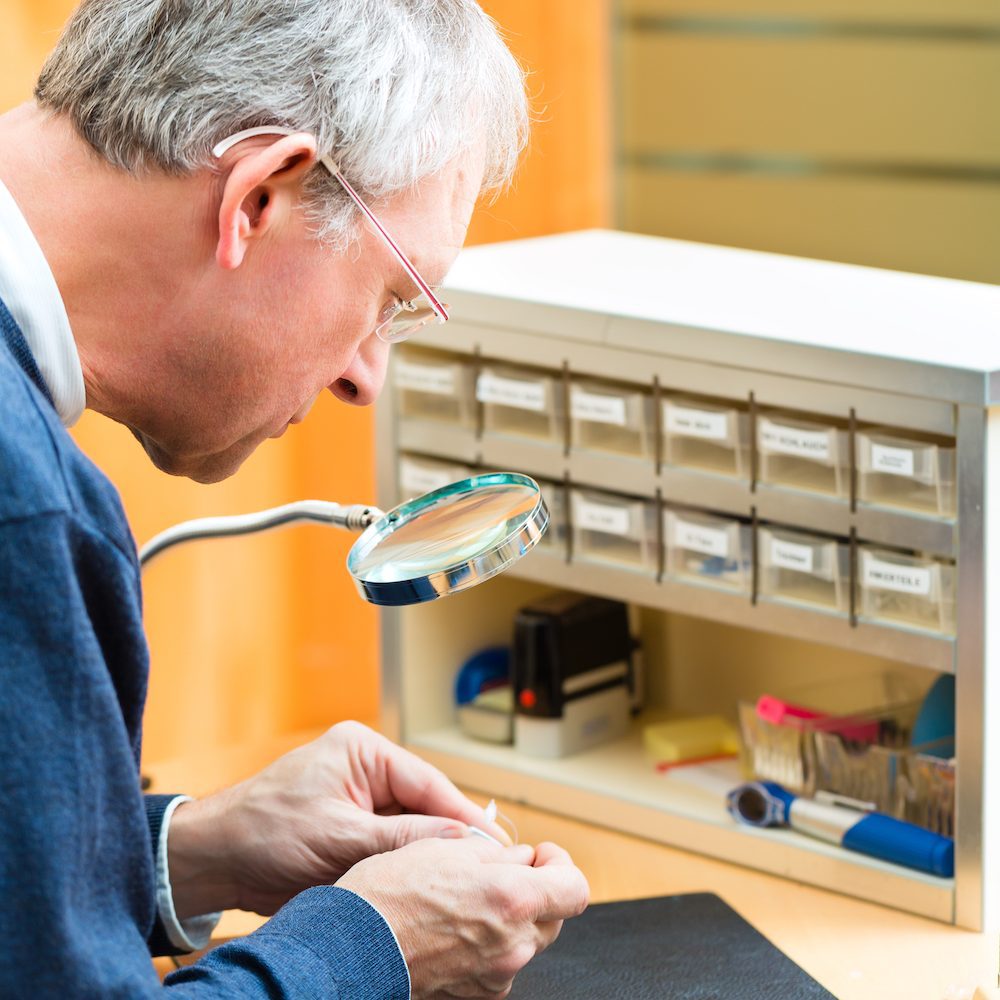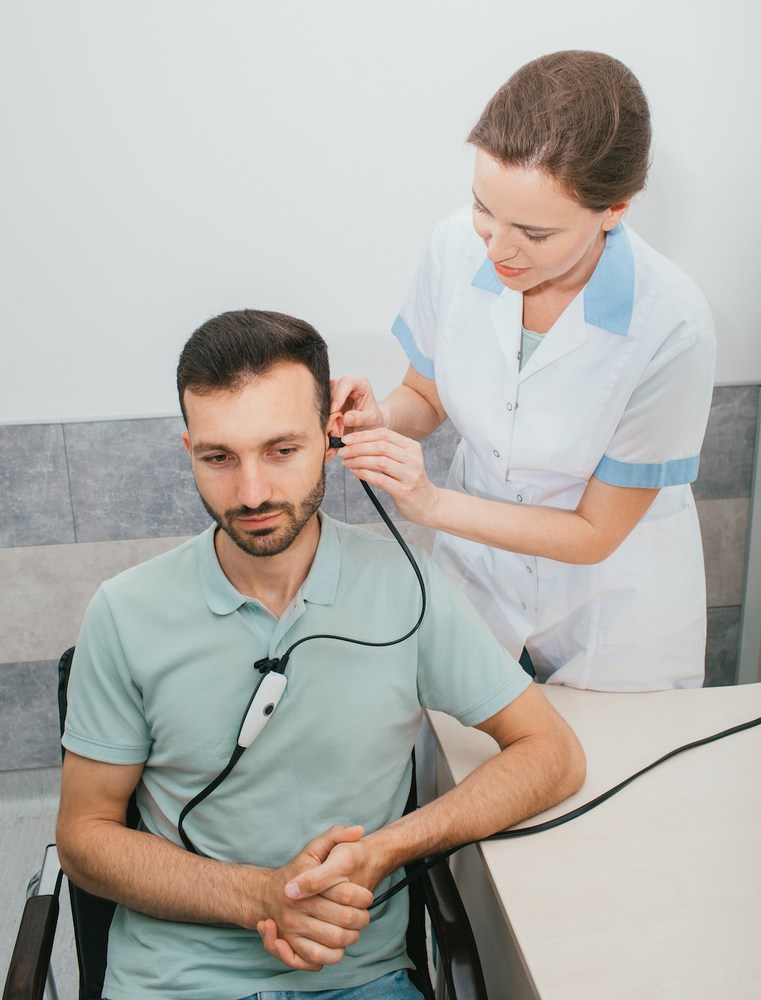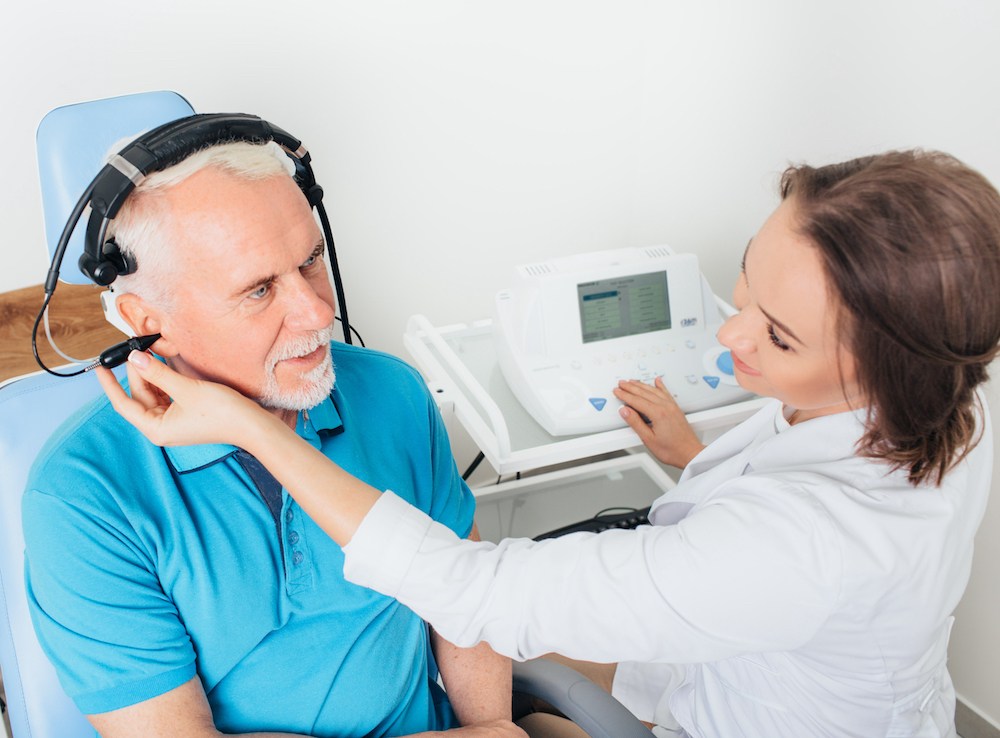Occupational Hazards: Professions at Risk for Hearing Loss
Hearing is an essential part of our daily lives, yet we often take it for

By: admin | April 22, 2022
When it comes to performing hearing tests and helping you choose the best hearing aid for your lifestyle, your audiologist is invaluable. But audiologists provide additional support; they can help you to use and look after your hearing aids properly, provide invaluable advice and can fix your hearing aid if something goes wrong. What are the most common hearing aids repairs that your audiologist can help with?
If you experience issues with your sound or the volume, one of the culprits could be an issue with the microphone. Most volume or sound problems stem from the microphone rather than the earpiece.
If you think there are issues with the microphone, it’s a good idea to check if the battery is not damaged or dead. When you take it to an audiologist, they may be able to make little fixes, but if the hearing aid is damaged beyond repair they can source a replacement directly from the manufacturer.
The tube connects the device to the earmold and is the main route for the sound to carry. Tubing is one of the most common replacements because of everyday use. Over time, tubing can stretch, harden and crack due to a number of external issues.
Because the tubing is one of the more sensitive parts, it is a very simple replacement. If you are experiencing issues with the tubing or it has discolored or degraded because of excessive moisture and debris, an audiologist can instruct you how to replace it or can do it for you.
An ear hook is a very small part of in-the-ear (ITE) hearing aids. The ear hook is the main component to securing it. Because the hook sticks out from the device, it is more prone to damage. For example, the ear hook could bend or snap if the device is stepped on by accident.
If it is damaged beyond repair and you cannot glue the pieces together, this is something that your audiologist can do easily.
The earmold sits in your ear and, as a result, it can start to wear down over time. This part of the device can start to lose its shape so it doesn’t fit your ear making it very uncomfortable and could start to irritate your skin.
This is an easy fix, as your audiologist can create a new earmold for you. An audiologist will look at the cast of your ear or take new ones before replacing the earmold itself.
Arguably, one of the biggest issues with hearing aids is the potential for excess moisture. Hearing aids are small and delicate devices, so we need to look after them, but there will be times when we inadvertently get them wet. For example, we could forget to take it off before getting in the shower or we could find ourselves in heavy rain.
Your audiologist will always encourage you to avoid exposing it to moisture. When there are light moisture issues, for example, a damaged hearing tube, the audiologist can repair it.
However, if the moisture has seeped into the device and affected the circuitry, this could mean it will have to go back to the manufacturer for a replacement or a lengthy repair. If you want to minimize moisture, the best thing you can do is to examine it regularly but also ensure that you don’t wear your hearing aids when you go bathing, swimming or washing. You also need to keep it clean by removing any signs of dirt and wax. This helps to prevent any moisture from settling and building up.
An audiologist is a very helpful person when it comes to understanding why hearing aids get damaged. Most of the time, the reason hearing aids get damaged is because of excess use. What we can all do to look after our hearing aids is ensure that we keep an eye out for any signs of wear and tear but also store them safely overnight.
If you ever have any issues with your device, your audiologist can help you with any hearing aid repairs. If there is something they cannot do, they will always refer to the manufacturer and provide you with a spare to keep you going. If you have any issues with your hearing aid, you can always get in contact with Hearing Aid Consultants of North Mississippi at (662) 234-1337.

Hearing is an essential part of our daily lives, yet we often take it for
By: admin | January 31, 2024

If you have experienced a difficulty understanding speech, or following
By: admin | December 28, 2023

Forty-eight million Americans are living with hearing loss, which is
By: admin | November 25, 2023
